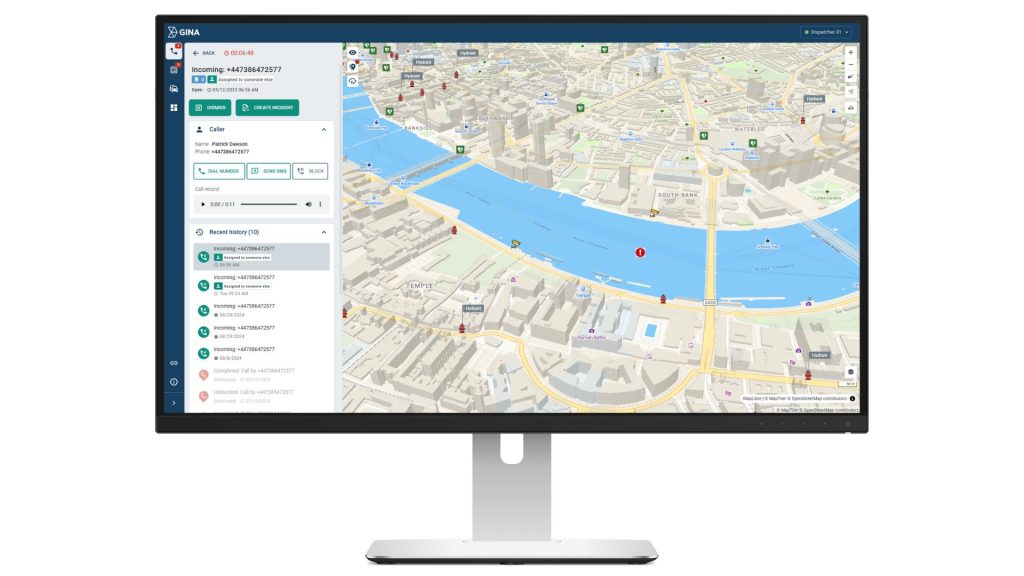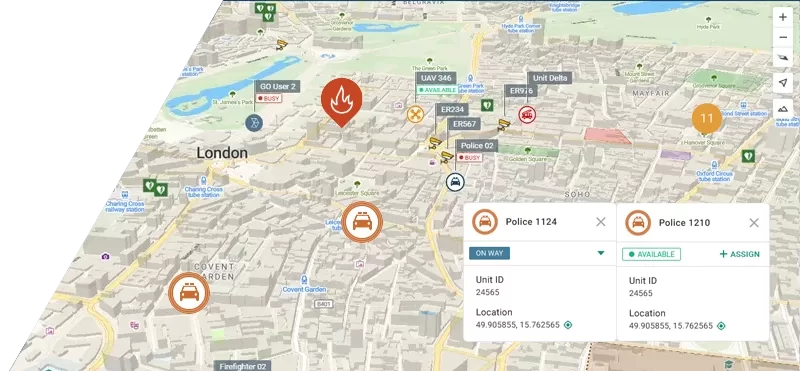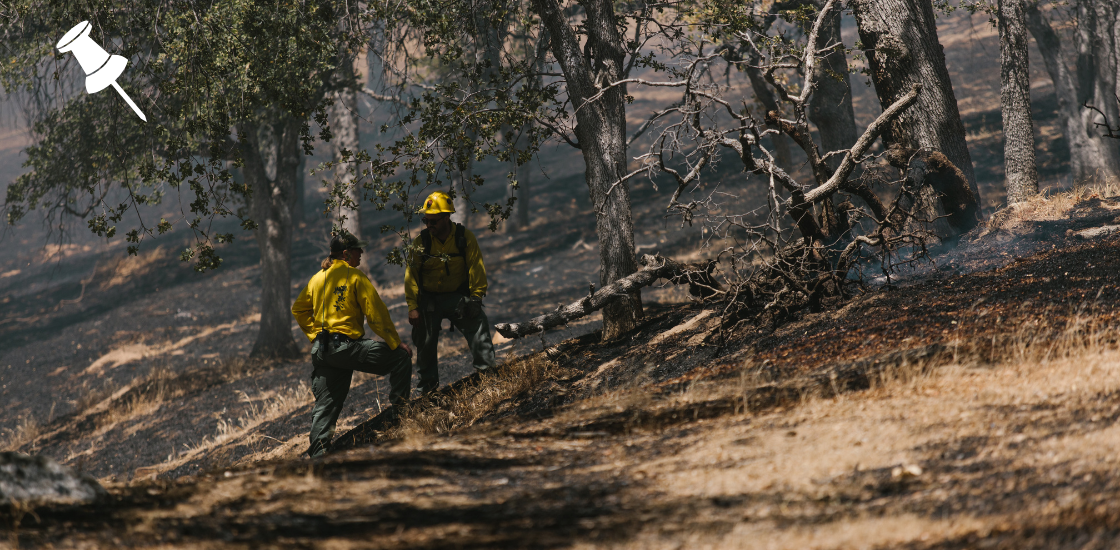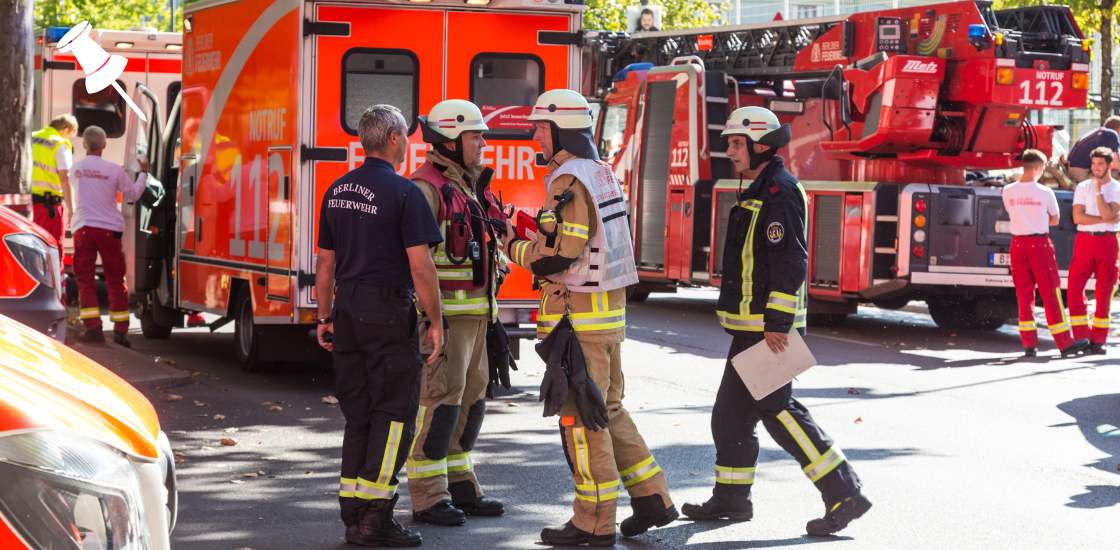These institutions — whether university programs, vocational training centers, or in-house academies within emergency service agencies — serve as the launchpad for future dispatchers. They offer structured education in call handling, radio communication, geolocation systems, and increasingly, Computer-Aided Dispatch (CAD) systems. Among these systems, Smart CAD by GINA Software stands out for its modern, intuitive, and deeply integrative capabilities, transforming how dispatch schools train and shape the next generation of emergency communicators.
Table of Contents
- Dispatch Schools: An Overview
- Why CAD Systems Are Essential in Dispatcher Education
- Smart CAD: Transforming Training Through Technology
- Key Features for Dispatch Schools
- Implementation in the Curriculum
- Benefits for Dispatch Schools and Their Students
- A Smarter Future for Dispatcher Training
Dispatch Schools: An Overview
The term “dispatch schools” encompasses a range of training entities, each tailored to different needs:
- Public Safety Academies: Often linked to police, fire, or EMS departments, these schools focus on local protocols, emergency response procedures, and radio communication.
- Technical Colleges and Vocational Programs: These provide a broader foundation, covering the psychological, legal, and technical aspects of dispatching. Many offer certifications in Emergency Telecommunicator or Emergency Medical Dispatch.
- Private Training Providers: Specialized companies offering intensive training on emerging tools, such as CAD platforms (IAED), bodycam systems, or geospatial tracking software.
- In-house Dispatch Academies: Large emergency response agencies or security organizations often run their own schools to align training with proprietary systems and internal workflows.
Despite their differences, all dispatch schools share a key goal: preparing students for one of the most mentally demanding and technologically dependent roles in public safety. That’s why CAD systems have become an indispensable part of modern curricula.
Why CAD Systems Are Essential in Dispatcher Education
Computer-Aided Dispatch (CAD) platforms streamline communication, enhance accuracy, and empower dispatchers with real-time data. But for new trainees, these systems also reduce the learning curve by replacing outdated manual processes with guided workflows.
Here’s why CAD matters in education:
- Realistic Simulation: Training with CAD mirrors real-world operations, letting students learn call intake, incident creation, unit assignment, and status tracking in a dynamic, responsive interface.
- Error Reduction: By automating key processes like location validation or unit availability checks, CAD systems help reduce common trainee mistakes.
- Confidence Building: A clear, structured system boosts new dispatchers’ confidence, allowing them to focus on judgment and communication rather than memorizing procedural steps.
- Standardization: CAD enforces consistent incident documentation, which is crucial when multiple dispatchers are coordinating with diverse units in the field.
And yet, not all CAD systems are created equal. That’s where Smart CAD proves to be a game-changer for dispatch schools.
Smart CAD: Transforming Training Through Technology
Smart CAD by GINA Software is a modern, web-based dispatch and coordination platform designed with both operational performance and educational adaptability in mind. It offers the depth of functionality needed for professional deployments while maintaining an intuitive interface suitable for newcomers.
Key Features for Dispatch Schools
- User-Friendly Interface
Smart CAD’s clean, browser-based interface means schools don’t need to install or maintain complex infrastructure. Trainees can log in from any device, making hybrid or remote learning entirely feasible. - Guided Workflow
Each dispatch flow is designed to support decision-making with visual cues, automated geolocation, priority settings, and unit recommendations. This reduces the need for paper-based protocols or checklists in training. - Real-Time Simulation
Instructors can create mock incidents in real time, assign roles, and simulate stress scenarios to test reaction times and procedural accuracy. This brings classroom learning closer to live operations. - Multimedia Handling
Trainees learn how to handle multimedia inputs such as videos, photos, or sensor alerts, preparing them for the future of emergency communication where bodycams, drones, and IoT sensors are standard tools. - Custom Roles and Access Rights
Instructors can define user roles with different access levels, helping trainees gradually progress from observer mode to full dispatcher responsibilities. - Multilingual and International Use
For dispatch schools training international students or operating in multilingual environments, Smart CAD supports localization and multilingual user interfaces.

Implementation in the Curriculum
Smart CAD can be implemented in dispatch schools through the following strategies:
- As the Primary Training Platform
Schools can use Smart CAD throughout their curriculum — from beginner exercises in call intake to advanced modules in multi-unit coordination. This gives students hands-on experience with a tool they’re likely to encounter in the field. - In Capstone Simulations
Smart CAD can be used during final assessment scenarios where students must manage full-scale incidents under time pressure. This tests not only technical skills but teamwork and decision-making under stress. - Instructor Dashboard and Analytics
Educators can monitor user performance, identify areas where students struggle, and adjust lessons accordingly. CAD logs and histories serve as invaluable teaching tools during debriefs. - Integration with External Systems
Advanced schools can integrate Smart CAD with GPS trackers, PTT radios, or even virtual reality environments for immersive training.
Benefits for Dispatch Schools and Their Students
For Schools:
- Reduced IT overhead due to Smart CAD’s cloud-based model.
- Increased competitiveness by offering cutting-edge tools.
- Better alignment with public safety agency expectations.
- Real-time tracking of student performance and progress.
For Students:
- A smoother learning curve with visual, structured interfaces.
- Increased readiness for real-world deployment.
- Hands-on experience with professional-grade software.
- Boosted confidence and retention through interactive learning.
A Smarter Future for Dispatcher Training
As emergencies grow in complexity — from natural disasters to cyber-attacks — dispatchers need more than just a calm voice. They need tools that enhance their situational awareness, speed, and accuracy. Dispatch schools are the starting point of this transformation, and Smart CAD is the vehicle driving it forward.
By integrating advanced CAD systems into the classroom, these schools are not only teaching dispatching — they’re future-proofing it. They are ensuring that the next generation of dispatchers enters the field prepared, confident, and capable of saving lives through the power of smart technology.
Conclusion
Whether in a police academy in Europe, a fire department training center in the U.S., or a private educational facility in Latin America, dispatch schools must evolve alongside the tools used in the field. Smart CAD by GINA Software offers a powerful, flexible, and accessible solution for bringing professional-grade dispatch coordination into the classroom.
In doing so, it helps bridge the gap between education and operation — and ultimately, between emergency and resolution. Because at the heart of every successful response is a well-prepared dispatcher — and behind every well-prepared dispatcher, there should be a smart, modern dispatch school.










